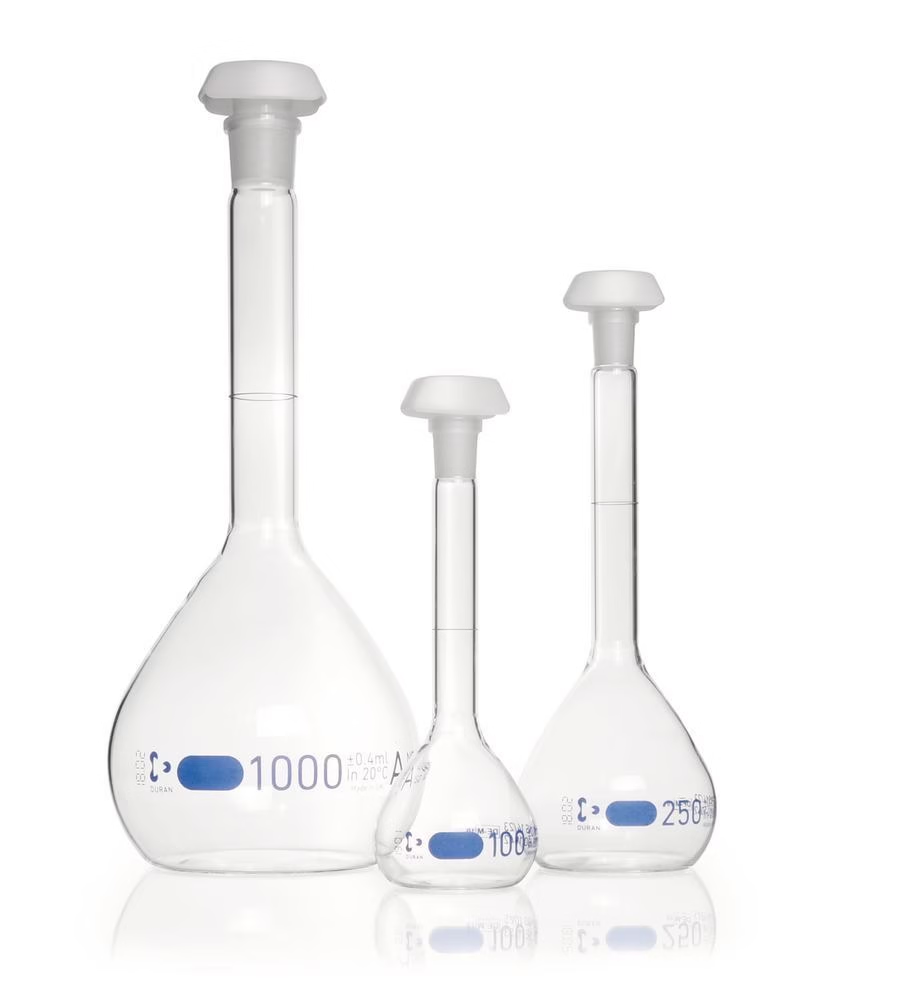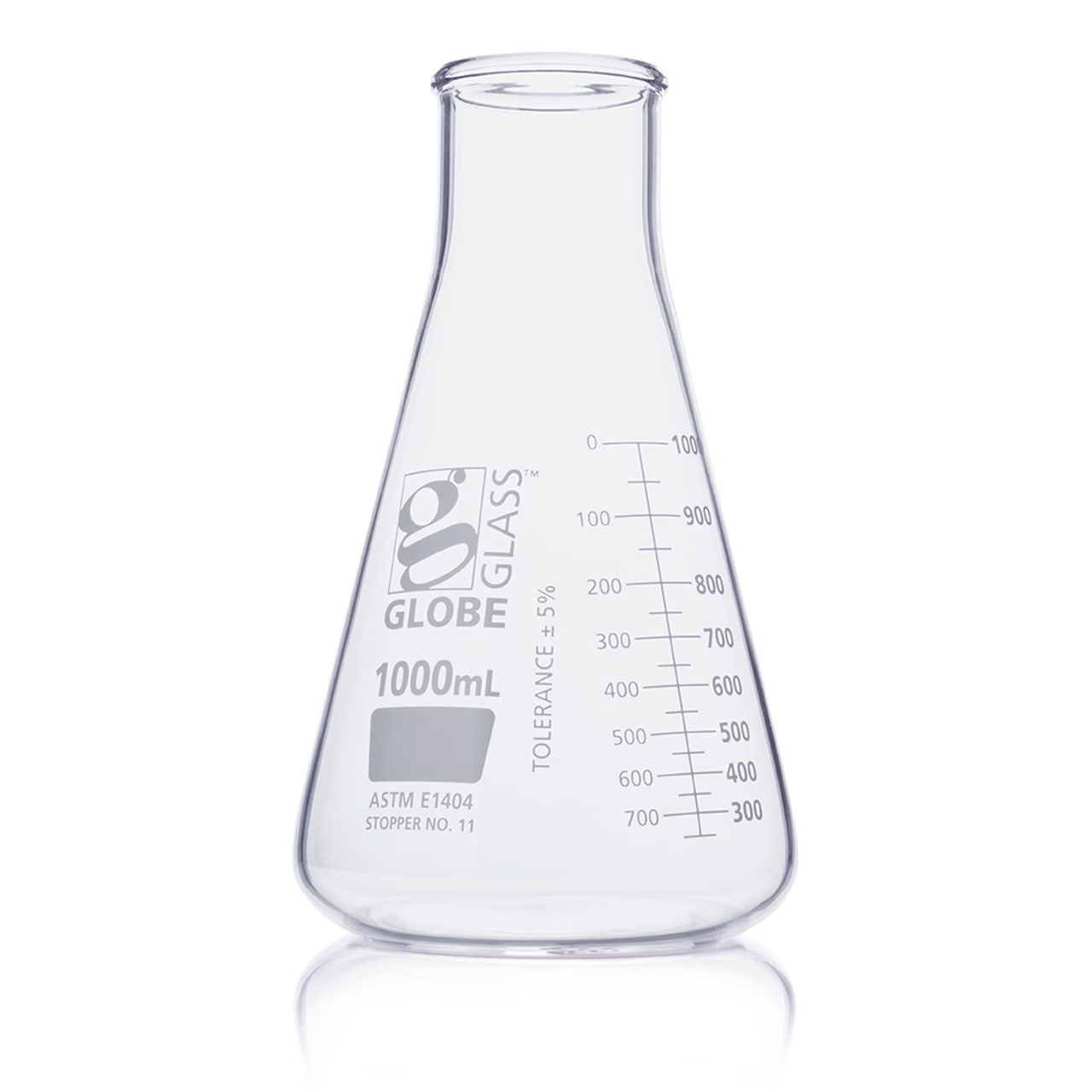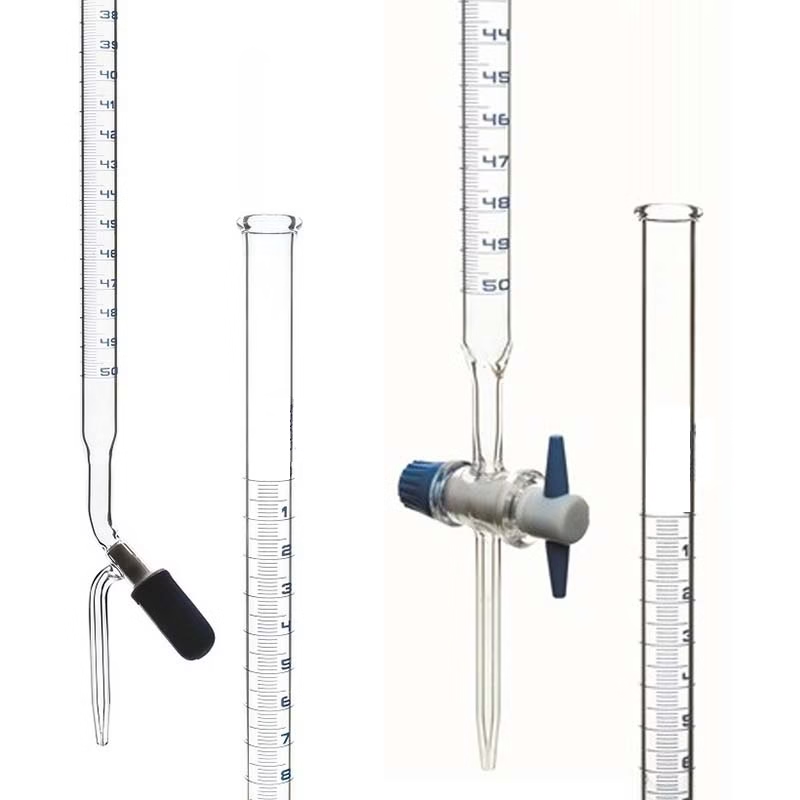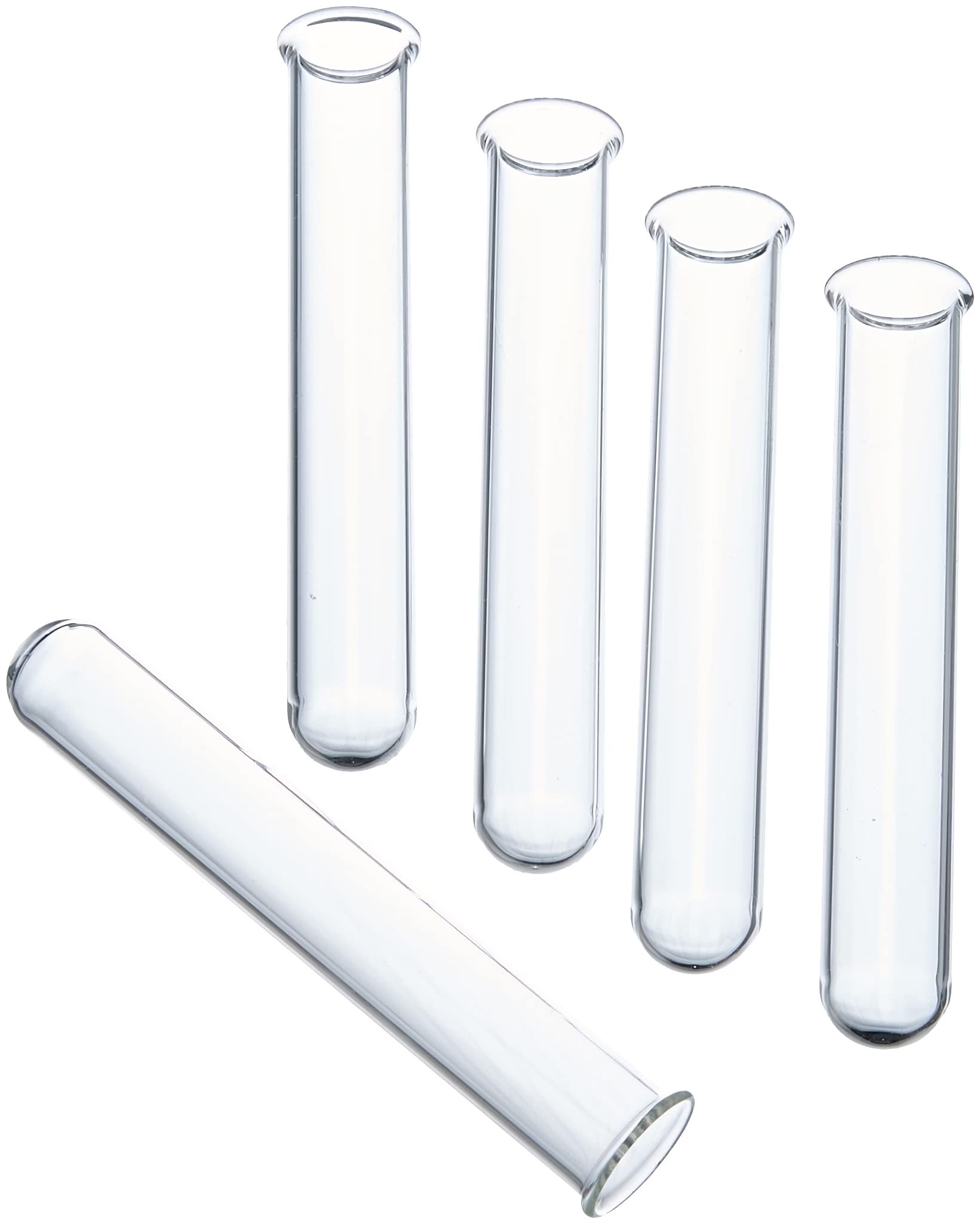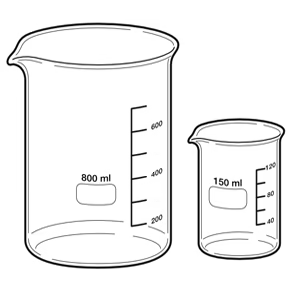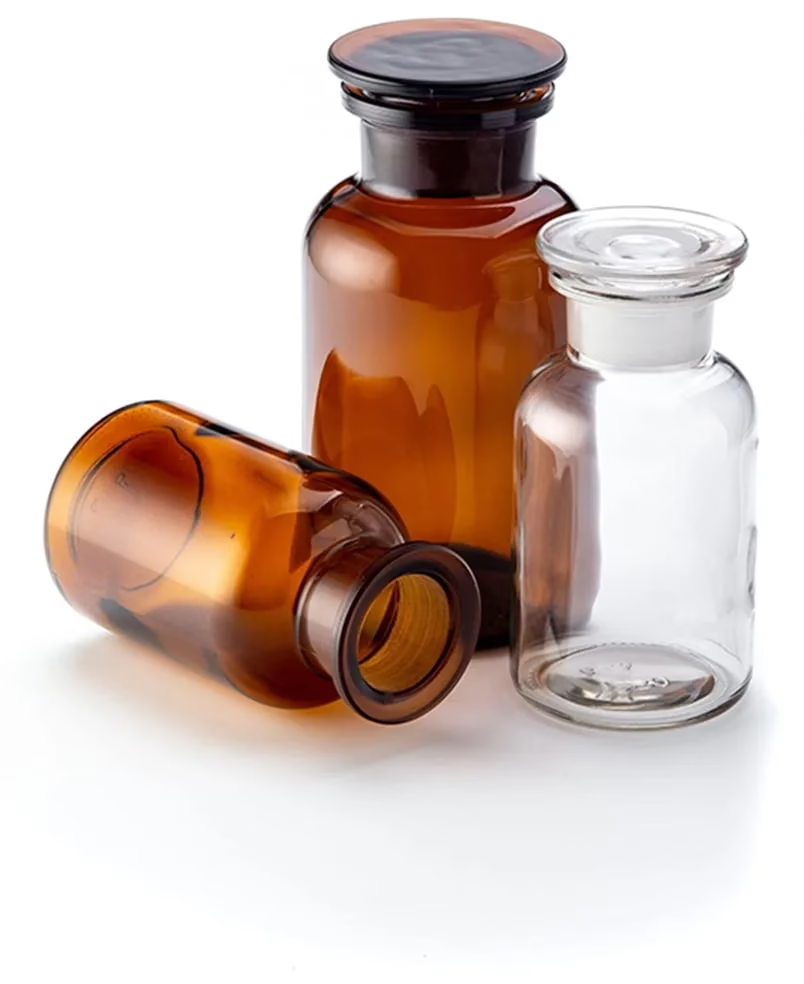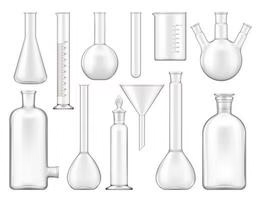
Introduction
- Blood banking glassware plays an important role in various stages, such as collection, processing, testing, and storage of blood and its components.
- Although plastic disposables have largely replaced many glass items (such as blood collection bottles) in modern practice, glassware remains widely used for reagent preparation, sample handling, and diagnostic procedures.
- Different types of glassware like test tubes, pipettes, centrifuge tubes, volumetric flasks, beakers, and reagent bottles are used in immunohematology for blood grouping, cross-matching, antibody screening, and quality control tests.

- Since blood banking requires high accuracy and sterility, proper cleaning and sterilization of glassware is essential.
- Any contamination, residual protein, or chemical trace in glassware can lead to false test results, hemolysis, or unsafe transfusion practices.
- Therefore, strict cleaning protocols, including washing, rinsing with distilled water, drying, and sterilization, must be followed to maintain reliability and safety in blood banking operations.
Types, Uses, and Cleaning
1. Types of Glassware and Their Uses
Glassware plays a crucial role in blood banking, particularly in sample handling, reagent preparation, and testing. Although plastic disposables are more common today, glassware remains in use in many laboratories.
a) Blood Collection and Storage Glassware
Blood Collection Bottles (Glass)
Earlier used for collecting whole blood.
Sterile bottles contained anticoagulants like ACD (Acid Citrate Dextrose).
Now largely replaced by plastic blood bags (safer and disposable).
Serum Bottles / Vials
Used for storing serum or plasma samples for testing.
b) Measuring and Quantitative Glassware
Graduated Cylinders

For measuring approximate volumes of blood, reagents, and solutions.
Volumetric Flasks

For accurate preparation of standard solutions (e.g., saline, buffer).
Pipettes (Volumetric and Graduated)

For precise transfer of blood, plasma, or reagents.
Essential for antibody titration, reagent preparation.
Burettes

Used in titration procedures (e.g., standardizing reagents, QC tests).
c) Processing Glassware
Centrifuge Tubes (Glass)
Used to separate serum/plasma from blood after centrifugation.
Must withstand centrifugal force without breakage.
Test Tubes

Version 1.0.0 Used in blood grouping, cross-matching, Coombs test, antibody screening.
Most commonly used glassware in immunohematology.
Beakers

Used for reagent mixing, heating, or temporary holding of solutions.
d) Specialized Glassware
Cuvettes / Hemoglobinometer Tubes
Used for hemoglobin estimation by colorimetry.
Glass Slides
For preparing blood smears (for morphology, malaria parasite, etc.).
Reagent Bottles (Glass, Amber-Colored)

Used for storage of reagents and antisera.
Amber-colored bottles protect light-sensitive reagents (e.g., bilirubin, dyes).
Cleaning of Glassware
Proper cleaning is crucial because contaminated or dirty glassware can lead to:
Wrong blood grouping results.
False cross-match reactions.
Contaminated reagents leading to hemolysis.
Unsafe storage of blood or plasma.
A. General Guidelines
Clean glassware immediately after use.
Always disinfect blood-contaminated items before handling.
Use detergent + warm water for washing.
Rinse thoroughly with distilled water (not tap water alone).
Do not use abrasive brushes that scratch the surface.
B. Detailed Cleaning Procedure
Pre-Cleaning / Disinfection
Rinse used glassware with tap water immediately.
Blood-stained glassware: Soak in 1% sodium hypochlorite solution (bleach) for at least 30 minutes.
Detergent Wash
Wash with laboratory-grade detergent solution and warm water.
Use a soft brush to remove stains and clots.
Avoid strong alkalis or acids that may corrode glass.
Rinsing
Rinse thoroughly with running tap water.
Then rinse 2–3 times with distilled/deionized water to avoid residues.
Special Cleaning (if required)
For protein deposits (from blood): Clean with chromic acid cleaning solution.
For lipid/fat contamination: Rinse with organic solvents (e.g., alcohol, acetone).
For stubborn stains: Soak overnight in detergent or specialized cleaning solution.
Drying
Air-dry in an inverted position on a rack.
Alternatively, place in a hot air oven at 60–80°C until completely dry.
Sterilization (if required)
Autoclaving (121°C, 15 psi, 15–20 minutes) – used for sterilizing glassware before reagent preparation.
Dry heat sterilization (160–170°C for 2 hours) – for glassware that cannot be autoclaved.
C. Care and Precautions
Handle with care to prevent breakage.
Always inspect glassware for cracks or scratches (they may cause hemolysis or contamination).
Store clean, dry glassware in dust-free cabinets.
For light-sensitive reagents, always use amber-colored bottles.
